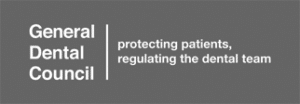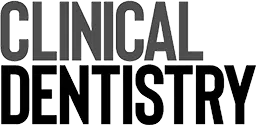This interesting case covers the application of CBCT, and uses conventional impressions rather than digital.
There is a retained deciduous tooth. CBCT scanning allows us to ‘mock’ place the implant and a ‘mock’ abutment. You can plan the length and width of the implant. The options are cement retained or angle correction screw, the software allows you to determine this.
We are doing an immediate extraction and immediate placement. There was very little root on the deciduous tooth and we had a reasonable bone volume with no infection and good tissue phenotype. We immediately extracted and placed the implant and immediate temporary abutment which was sealed with PTFE and composite. The temporary crown is then placed. The papillary area and buccal architecture of gingiva is now preserved. After a healing period, we are ready for the restorative phase. Because this is a canine tooth, a facebow record was taken and the crown constructed on the DENAR to keep a protected occlusion on the crown.
These techniques are taught in the DHTI courses.
Use our free resource as an example of what can be achieved with online blended learning.




